Gas Regulator UN 1446 Acetylene, Durable Pressure Regulator
﷼82.00
VAT is included in price
If you have not found the product you need. Feel free to contact us
- Machined brass body – Polished chrome bonnet.
- Easy-to-read single scale 2″ gauges – 2″ tri-layered reinforced neoprene diaphragm.
- Heavy duty mechanical stem type seat and nozzle assembly.
- Delrin bushing for smooth flow adjustment.
- Porous metal inlet filter (except C02 models).
- Fine mesh filter screen between inlet and seat.
- Pressure relief device for low pressure gauge protection only
1 review for Gas Regulator UN 1446 Acetylene, Durable Pressure Regulator
Description
Features
- It is a decompression device that reduces the high-pressure gas in the cylinder to the desired practical pressure.
- Appropriate for industrial, commercial, and laboratory uses.
- The “easy touch” setting can be simply realized with the help of a plastic adjusting knob.
- Mostly used in the electronic, welding, cutting, and chemical industries, as well as in health and medicine.
- The sturdy neoprene composite diaphragm allows for precise outlet pressure adjustment and long-lasting service.
- The polished chrome bonnet and brass body prevent corrosion.
- The external relief valve guards against damage to the regulator.
The regulator, which has a long-lasting effect, has a simple principle and was designed in 1835. Regulators come in many varieties, but all of them serve the same purpose. A valve system is used to manage the pressure of natural gas, propane, or other gases.
A gas regulator is an internal valve system that is used externally to adjust the pressure in a gas cylinder. It aids in lowering the native pressure of the cylinder to the required outflow pressure. It is important to use one to ensure that the amount of output pressure is appropriate for the purpose it was created.
Let’s explore the main components, working mechanism, advantages, and applications of gas regulator UN 1446 Acetylene in this post.
Components
Most regulators consist of three main operational parts; a control element, a sensing element, and a loading mechanism. These three main operational components work together to manage the pressure within the valve. The gas regulator has a set spring attached to a rod that travels down from a set screw, via a diaphragm, and into the valve.
The delivery pressure is decided by the loading mechanism. Most of the time, it’s spring. The diaphragm, the sensor device, detects the force exerted on the spring. The control element then successfully lowers the exit pressure by passing the intake pressure through.
Working Mechanism
Attach the gas regulator to the inlet port of the gas tank. A spring on the regulator is adjusted by a screw, which allows the valve to be opened and closed in small steps. After the regulator has been tightened, open the main valve of the gas tank. At this point, you can tighten the regulator screw in either a clockwise or counterclockwise direction. This adjusts the amount of pressure that the regulator outputs. Tighten the screw until the desired amount of outlet pressure is output.
Pros
A two-stage gas regulator has the benefit of maintaining a constant pressure flow until the tank is almost empty.
Ratings of Pressure
PSI (pounds per square inch) pressure ratings are provided with a gas controller. Before utilizing the regulator, make sure it can withstand the pressure in your system.
Connection Type
Gas regulators have several types of connections. These include threaded connections, flanged connections, and quick-connects among others.
Safety Measures
This modern gas controller includes built-in safety measures. Such as check valves or relief valves to lessen the danger of accidents or other problems caused by wrong use or malfunctioning equipment.
Effectiveness
The regulating system of gas devices can handle constant use in tough conditions.
Cons
Limited Pressure Range
This regulator’s pressure range can be limited when compared to other types, which is possibly a disadvantage in circumstances needing accurate control over a large range of pressures.
Specific Use
It can be constructed specifically for acetylene gas, making it ineffective as a regulator for other gases.
Cannot be used on a Liquid Gas
A liquid gas tank is not suitable for using a gas regulator. This is because liquid gases are corrosive. A CO2 tank would be one example. Normally, liquid CO2 is at a temperature of about -70 degrees Fahrenheit. The intense cold would seize the interior parts of the regulator, destroying any seals and gauges inside. This can result in extremely unsafe conditions for the operator and his surroundings.
Applications
Numerous typical household and commercial uses include gas controllers. For instance, gas regulators control the propane in gas grills, the natural gases in home heating furnaces, the oxygen and anesthetic gases in dental and medical equipment, the compressed air in pneumatic automation systems, the fuel in engines, and the hydrogen in fuel cells.
Welding and Cutting Operations
Oxy-acetylene welding and cutting procedures frequently use acetylene as a fuel gas. The gas regulator contributes to the safe and effective welding and cutting processes by regulating the pressure and flow of acetylene gas.
Metal Fabrication
Acetylene gas is supplied at the necessary pressure by the regulator to perform operations like brazing, soldering, and heating metal components in the metal fabrication sectors.
Chemical Processing
A variety of chemicals and compounds are produced by the use of acetylene gas in chemical processes. The gas regulator is essential for maintaining exact pressure levels during these procedures.
Making Jewelry
When creating jewelry, acetylene-oxygen torches are frequently used for shaping, annealing, and soldering precious metals. The gas regulator allows for exact control of the flame during complicated operations.
Wrapping Up
The Gas Regulator, UN 1446 Acetylene is a dependable tool used in a variety of commercial, industrial, and laboratory settings to bring high-pressure gas down to manageable levels. It is appropriate for the electronic, welding, cutting, and chemical industries as well as the healthcare and medical sectors. Because of its simple adjustment feature, strong construction, and safety precautions. Its numerous uses in chemical processing, welding, metal fabrication, and jewelry production, however, highlight how crucial it is to guarantee a secure and effective gas flow for a range of processes.
FAQs:
You may also like…
Related products
-
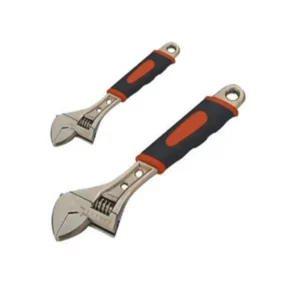
Hi Quality Wrench, Heavy Duty Steel Wrench. 8″, 10″, 12″
5.00 out of 5﷼17.25 – ﷼28.75 -
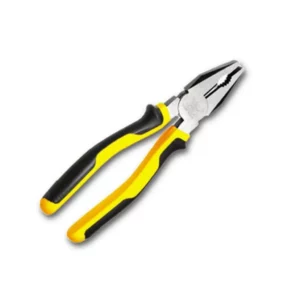
180mm Dynagrip Combination Plier Insulated Grip Handle Plier
5.00 out of 5﷼9.20 -
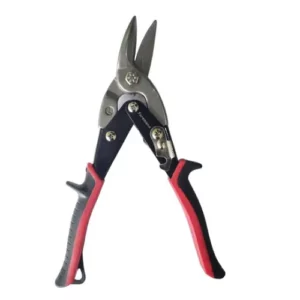
Aviation 10 Snip Foreman China
5.00 out of 5﷼30.00 – ﷼270.00 -
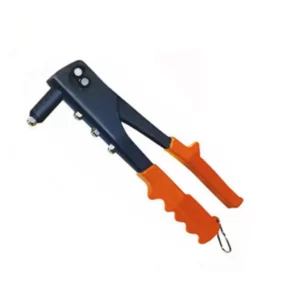
Rivet Gun Hand Riveter Heavy Duty Gun
5.00 out of 5﷼23.00 -
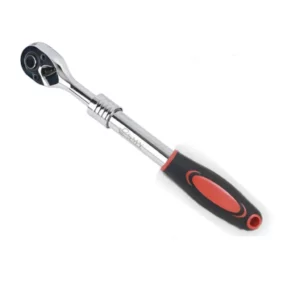
Round Head Gear Wrench Handle Hexagonal Supported Tool
4.00 out of 5﷼51.75 -

Ten High 2 Way Screw Driver Bits Set Double Ended
5.00 out of 5﷼20.70 -
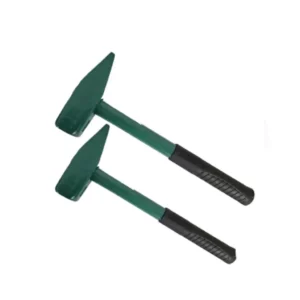
Flat Striking Face Hammer, 500g, 1000g, 1500g, 2000g
0 out of 5﷼10.35 – ﷼25.00 -
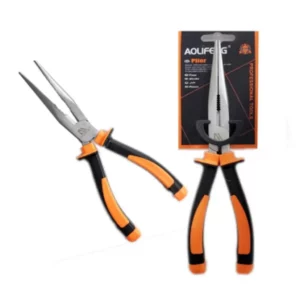
Nose Plier Long Range & Insulated Grip Handle Nose Plier
5.00 out of 5﷼11.50 -
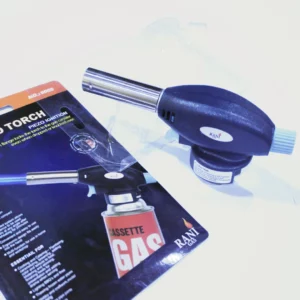
Firebird Gas Torch One Torch Piezo Ignition
5.00 out of 5﷼23.00 -
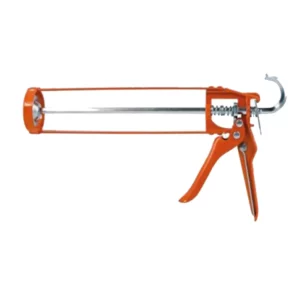
Light Orange Silicon Gun 9″ Sealent Gun KSA
0 out of 5﷼10.35

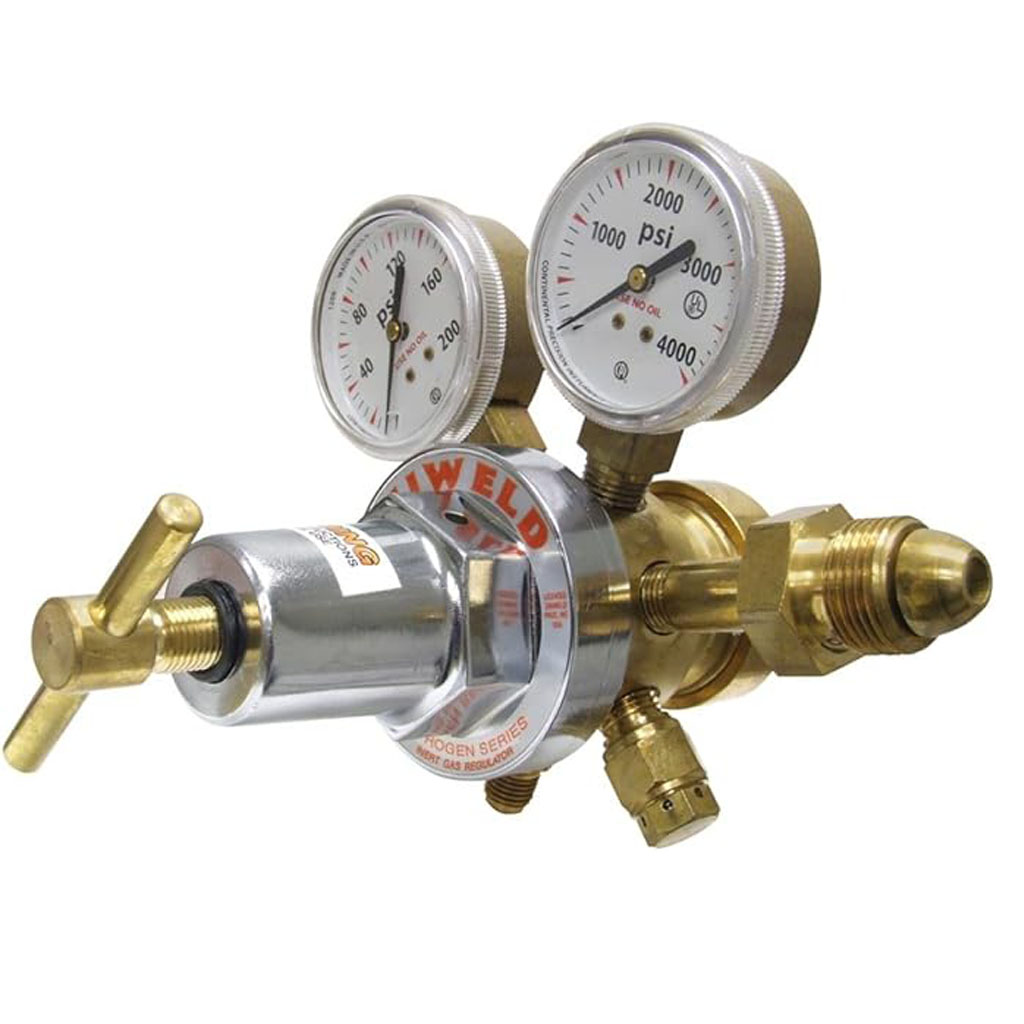

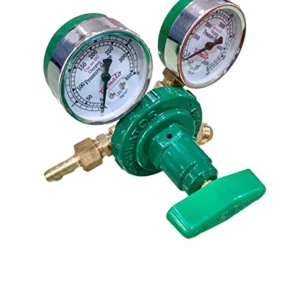
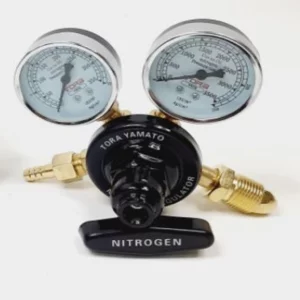
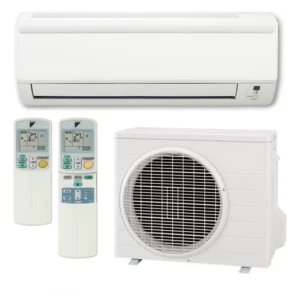
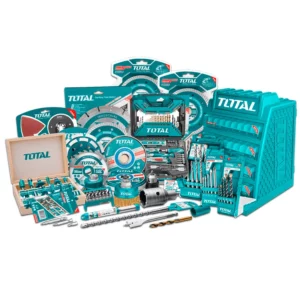
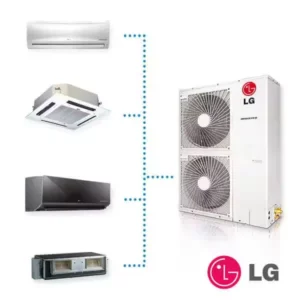
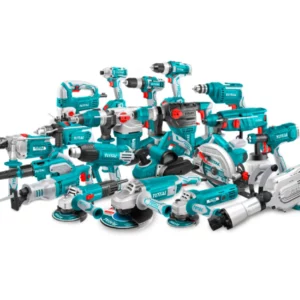
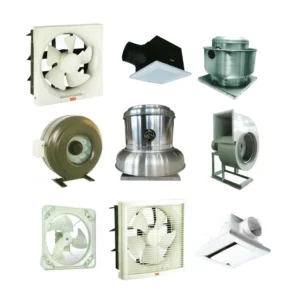
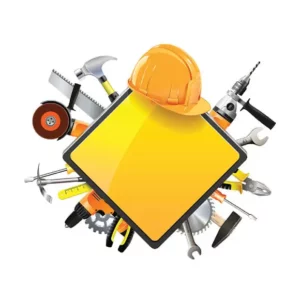
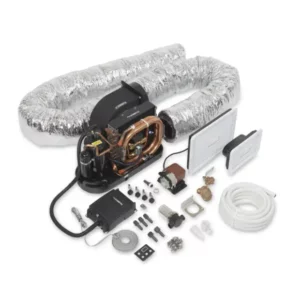
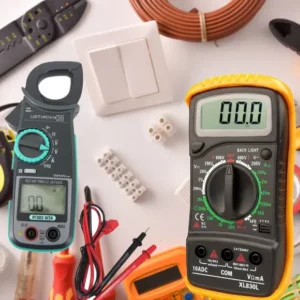

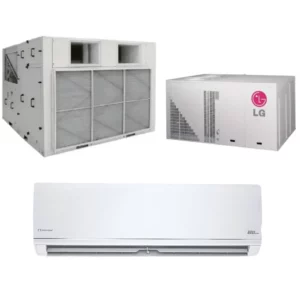

Mohammed Abdul –
The Gas Regulator UN 1446 Acetylene offers durable and reliable pressure regulation for safe and efficient use in various applications.